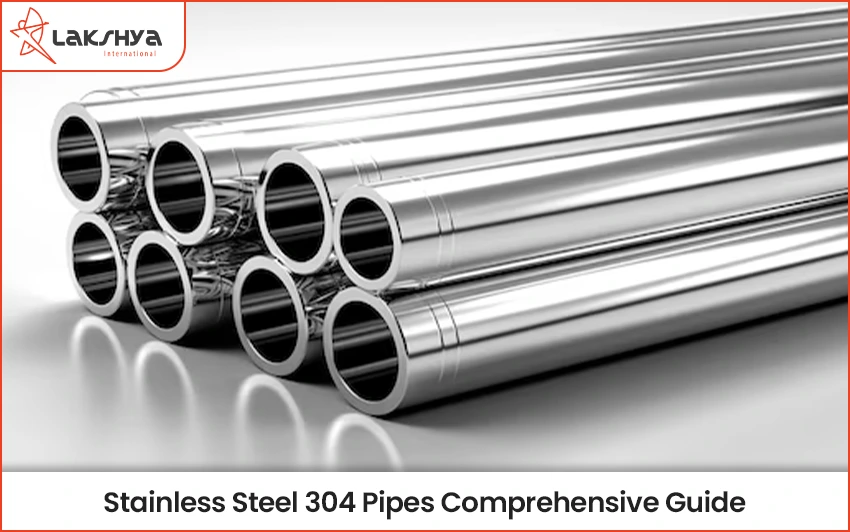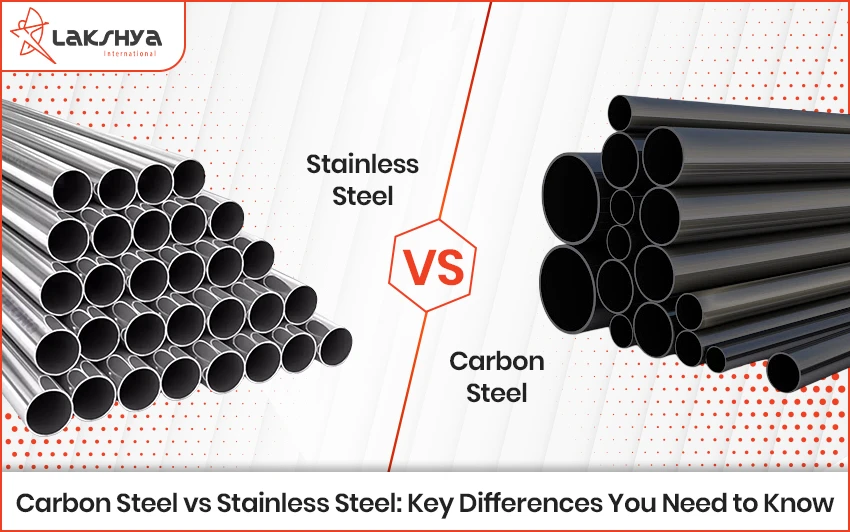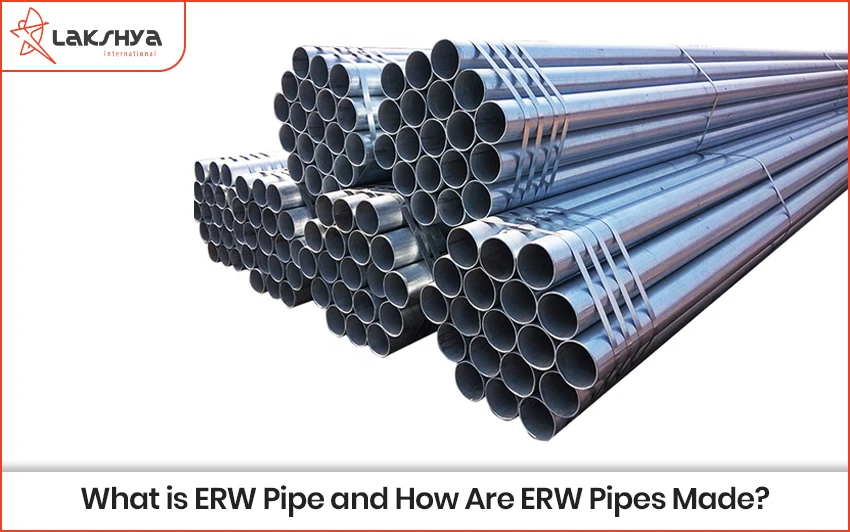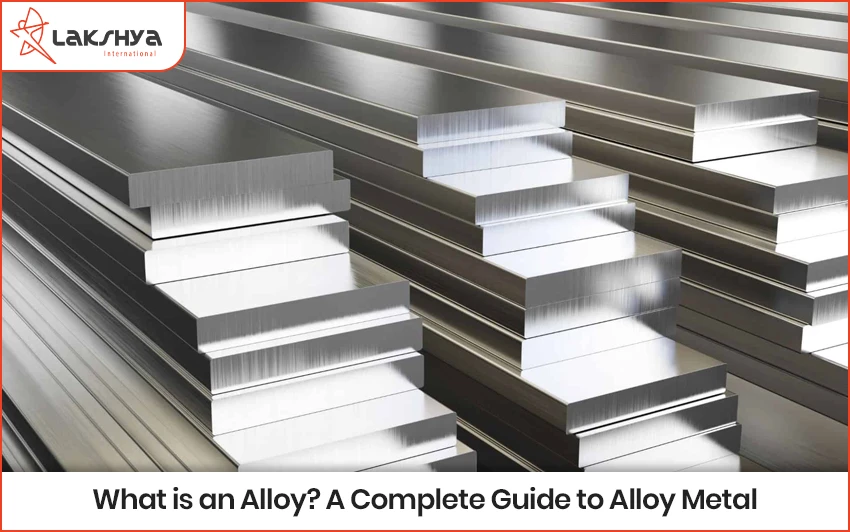In this blog, we’ll give you a simple overview of Stainless Steel 304 Pipes – discussing their key features, uses, and advantages – so you can understand why they are used in applications.
What are Stainless Steel 304 Pipes?
304 stainless steel Made from austenitic grade stainless steel, a material renowned for great resistance to corrosion and heat, pipes include Flexible nature of this kind of stainless steel makes SS 304 pipes ideal for various applications in both industrial and domestic environments, including plumbing, automotive manufacture, kitchen furnishings, and more. Furthermore, as Stainless Steel 304 pipes resist corrosion from sea seawater, they perform well in maritime surroundings.
Showing superior creep strength than other grades of stainless steel, Stainless Steel 304 is non-magnetic and has good mechanical qualities, thereby preserving strength even at high temperatures up to 870°C. SS 304 pipes find employment in many different fields, including water supply lines, food processing equipment, architectural trim, and medical devices, thanks in significant part to their outstanding qualities. These stainless steel 304 pipes are mostly used in many different sectors.
Contact us today for your stainless steel 304 pipe requirements and get a custom quote!
Features of Stainless Steel 304 Pipes
- Weldability : Easy welding of Stainless Steel 304 is one of its strongest points. Welding thin components simplifies the process since post-weld annealing is not necessary. Whether or not filler metals are employed, stainless steel 304 can produce outstanding welds. Post-weld annealing, however, may be required to guarantee optimal corrosion resistance if you are welding big portions.
- Heating Method : During the analytical procedure, stainless steel 304 can be fast cooled by heating it between 1010 and 1120 degrees Celsius. Thermal treatment cannot harden this kind of stainless steel unlike certain other metals. Heat treatment is most crucial stage taken in making Stainless Steel 304 pipes since it helps to improve their strength and lifetime.
- Corrosion Resistance : Strong resistance to rust and corrosion is well-known in stainless steel 304 pipes. For sectors including medicines, food processing, and chemicals, they are perfect since they can manage contact to moisture, acids, and chemicals. But in settings high in chloride (such as near the sea), they can form tiny holes or cracks, particularly if the temperature is above 60°C.
- Cold Temperature Strength : Even in quite frigid conditions, SS 304 pipes remain flexible and robust. This makes it perfect for usage in cryogenics and sub-arctic buildings, where temperatures might drop as low as -40°C.
Properties of SS 304 Pipes
Types of Stainless Steel 304 Pipes
By Shape:
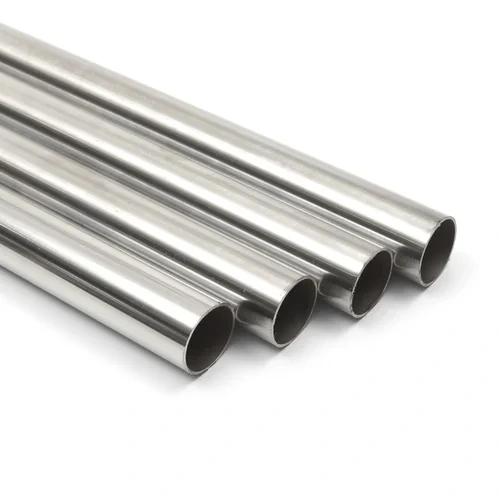
Round Pipes
Commonly used for transporting fluids and providing structural support.
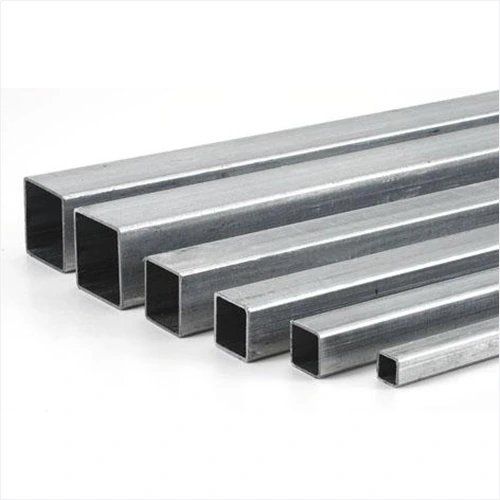
Square Pipes
Often used in architecture for aesthetic purposes.
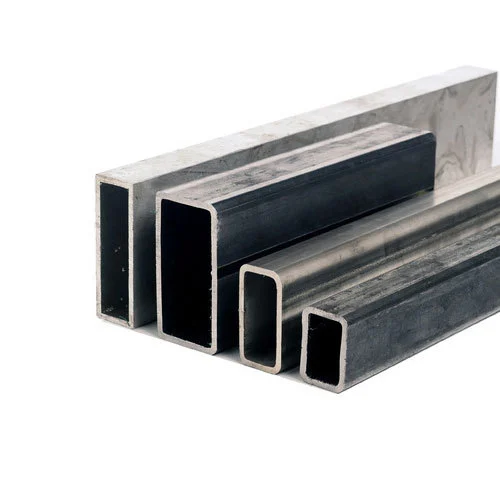
Rectangular Pipes
Preferred in construction for their enhanced bending strength.
By Manufacturing Method:
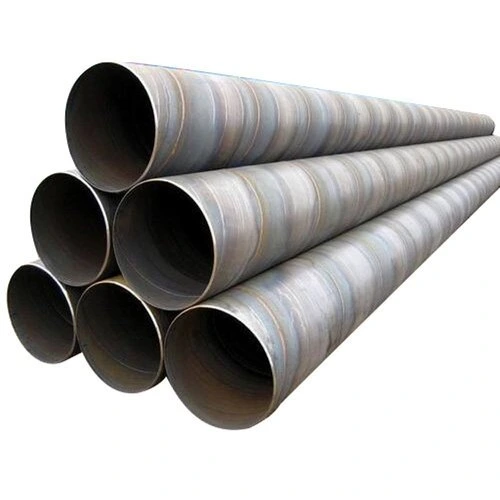
Welded Pipes
Made by crimping and welding a steel plate or strip. They are generally more cost-effective and suitable for low-pressure applications.
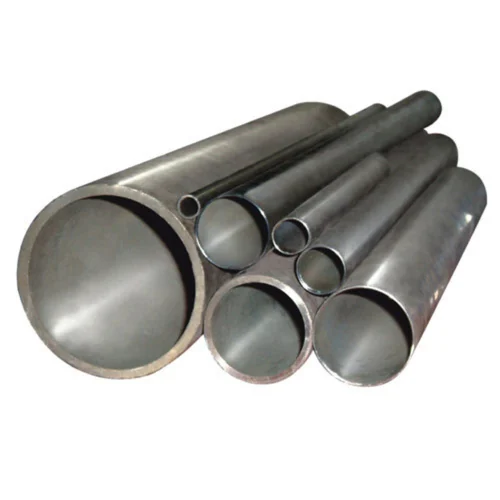
Seamless Pipes
Created by extruding and drawing a billet into a tube. These pipes are stronger and ideal for high-pressure or high-temperature situations.
Equivalents of SS 304 Stainless Steel Grade
| Grade | UNS No | Old British | Euronorm | Swedish SS | Japanese JIS | ||
| BS | En | No | Name | ||||
| 304 | S30400 | 304S31 | 58E | 1.4301 | X5CrNi18-10 | 2332 | SUS 304 |
Chemical Composition of SS 304 Stainless Steel Pipes
| Grade | C | Mn | Si | P | S | Cr | Mo | Ni | N | |
| 304 | min. | – | – | – | – | – | 18 | – | 8 | – |
| max. | 0.08 | 2 | 0.75 | 0.045 | 0.03 | 20 | 10.5 | 0.1 | ||
Mechanical Properties of SS 304 Stainless Steel Pipes
| Grade | Tensile Strength (MPa) min | Yield Strength 0.2% Proof (MPa) min | Elongation (% in 50mm) min | Hardness | |
| Rockwell B (HR B) max | Brinell (HB) max | ||||
| 304 | 515 | 205 | 40 | 92 | 201 |
Physical Properties of SS 304 Stainless Steel Pipes
| Grade | Density (kg/m3) | Elastic Modulus (GPa) | Mean Coefficient of Thermal Expansion (m/m/0C) | Thermal Conductivity (W/m.K) | Specific Heat 0-1000C (J/kg.K) | Electrical Resistivity (n.m) | |||
| 0-1000C | 0-3150C | 0-5380C | at 1000C | at 5000C | |||||
| 304 | 8000 | 193 | 17.2 | 17.8 | 18.4 | 16.2 | 21.5 | 500 | 720 |
Applications of Stainless Steel 304 Pipes
Maintenance of Stainless Steel 304 Pipes
Conclusion
FAQ’s
Is 304 Stainless Steel Pipe suitable for high-temperature applications?
Yes, 304 Stainless Steel Pipe is suitable for high-temperature applications, with an operating temperature of around 870°C (1600°F). They offer good mechanical properties and decent oxidation resistance.
What are the welding considerations for 304 SS Pipes?
When welding 304 stainless steel pipes, ensure proper heat control to avoid warping and maintain corrosion resistance. Use low-carbon filler materials to prevent carbide precipitation and post-weld cleaning to remove any impurities.
What are the potential limitations or drawbacks of using 304 Stainless Steel Pipe?
The main limitations of 304 stainless steel pipes are their susceptibility to chloride-induced corrosion in marine environments and lower resistance to extreme heat compared to higher-grade alloys like 316 stainless steel.
How Strong is 304 Stainless Steel?
304 stainless steel is strong, with a minimum tensile strength of 515 MPa and a yield strength of 205 MPa, making it suitable for many industrial applications.

